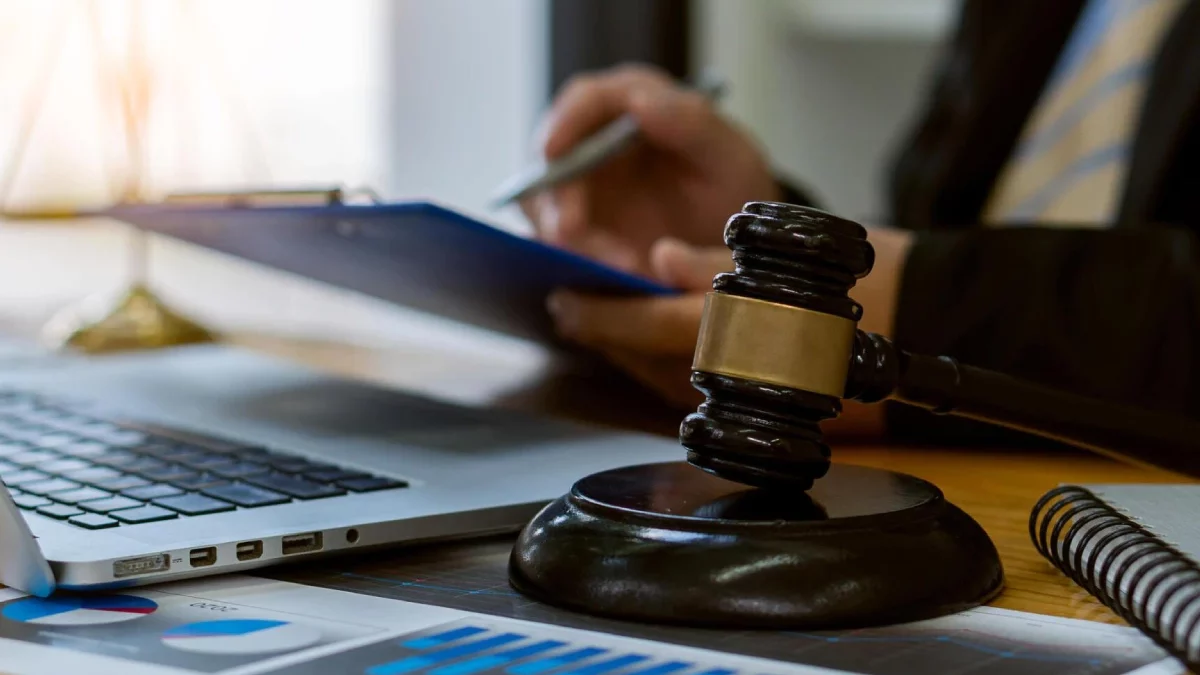As any lawyer knows, winning in the courtroom is more than facts and laws – it’s about connecting with your audience. Modern juries expect polished, engaging presentations using today’s communication tools.
That’s where legal animation comes in. By incorporating professionally crafted motion graphics, you can cut through complexity and captivate jurors. Let’s explore four impactful ways animation lifts courtroom exhibits from mundane to memorable.
Table of Contents
1. Don’t Just Tell, Show with Legal Animation
We’ve all sat through sluggish speeches, hearing “the vehicle collided into the intersection.” But seeing is believing, and legal animation brings dry details to life.
Instead of droning on, depict collisions and reenactments in a brief clip that sinks in. Studies found 65% retention from visuals versus 10% from lectures alone.
Clients also feel heard when their traumatic experiences appear real as lived. Refrain from relegating your story to words – show juries what happened through the power of legal animation.
2. Break Down Medical Mysteries with Medical-Legal Animation
Get physical evidence across without confusion using legal animation. Reveal injuries bit-by-bit in colorized X-rays and CT scans, highlighting impacted areas. Scan-based recreations help juries navigate complex case medical intricacies otherwise lost on lay audiences.
Animated medical timelines further illuminate how defects and negligence may have led to misdiagnoses or poor outcomes. An animation can clearly explain how a defendant could have contributed to prolonged pain through mistakes. Take complicated cases from bewildering to crystal clear through specialized medical-legal animation.
3. Trace Product Failure Visually via 3D Animation
Sometimes, words fail to convey the technical root of product malfunctions. This barrier breaks with 3D legal animations depicting how design flaws allow accidents.
Objectively trace defects’ roles through a click-by-click engineering analysis that leaves no question. Slow motion and part-removing views allow juries to scrutinize each component’s contribution, finding liable parties at a glance. Visuals beat wading through mountains of legal jargon.
Let striking 3D animation sort the non-experts’ confusion and place liability as efficiently as possible.
4. Humanize Clients with Personalized Intro Videos
While case analytics matter most, personalizing clients boosts juror investment. Instead of bland introductions, roll heartfelt mini-docs, allowing families to share their stories in their own words. Capture smiles from before tragedies struck and afterward to drive reality home in a legal animation.
Humanizing clients sparks natural empathy and affirms the meaning of their fight. Personalization through custom animation sequences evokes emotions in audiences emotionally invested in seeking justice.
Support your Expert Position
As an expert, you may find it rather hard to give your expert opinion without visual aids. Explaining intricate details like exact measurements, differences in types of equipment, and how violations occurred can be confusing to people without expertise.
However, legal visuals can present your expert argument easily. Explaining how a single piece of broken metal caused a car crash can be less convincing. Leveraging legal animation for accident reconstructions can make a solid case and reinforce your expert opinion.
Bottom Line
Legal animation strategically showcases information in quickly consumed bites in a world focused on visuals. While verbal arguments remain core to victory, animations aid comprehension and memory. Stories meant to move people demand moving visuals – don’t get to the courtroom without them.

